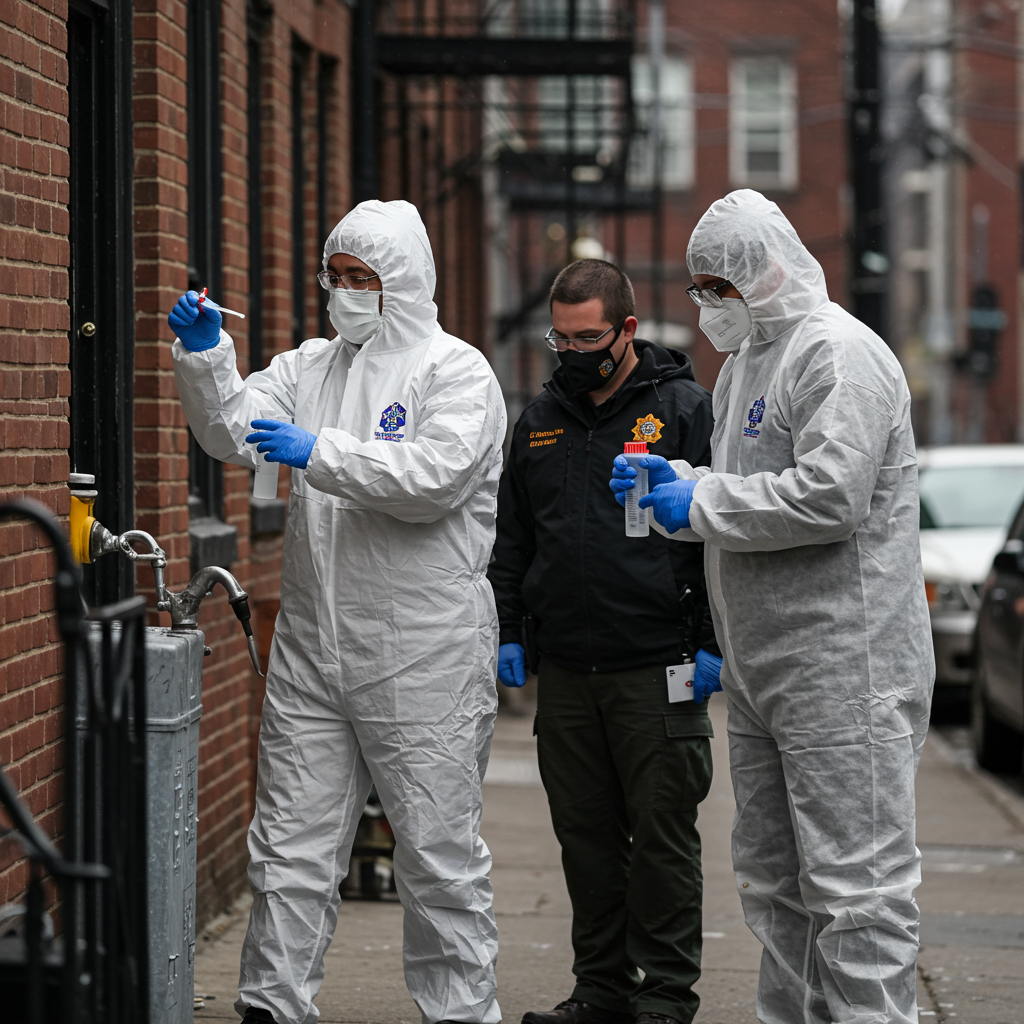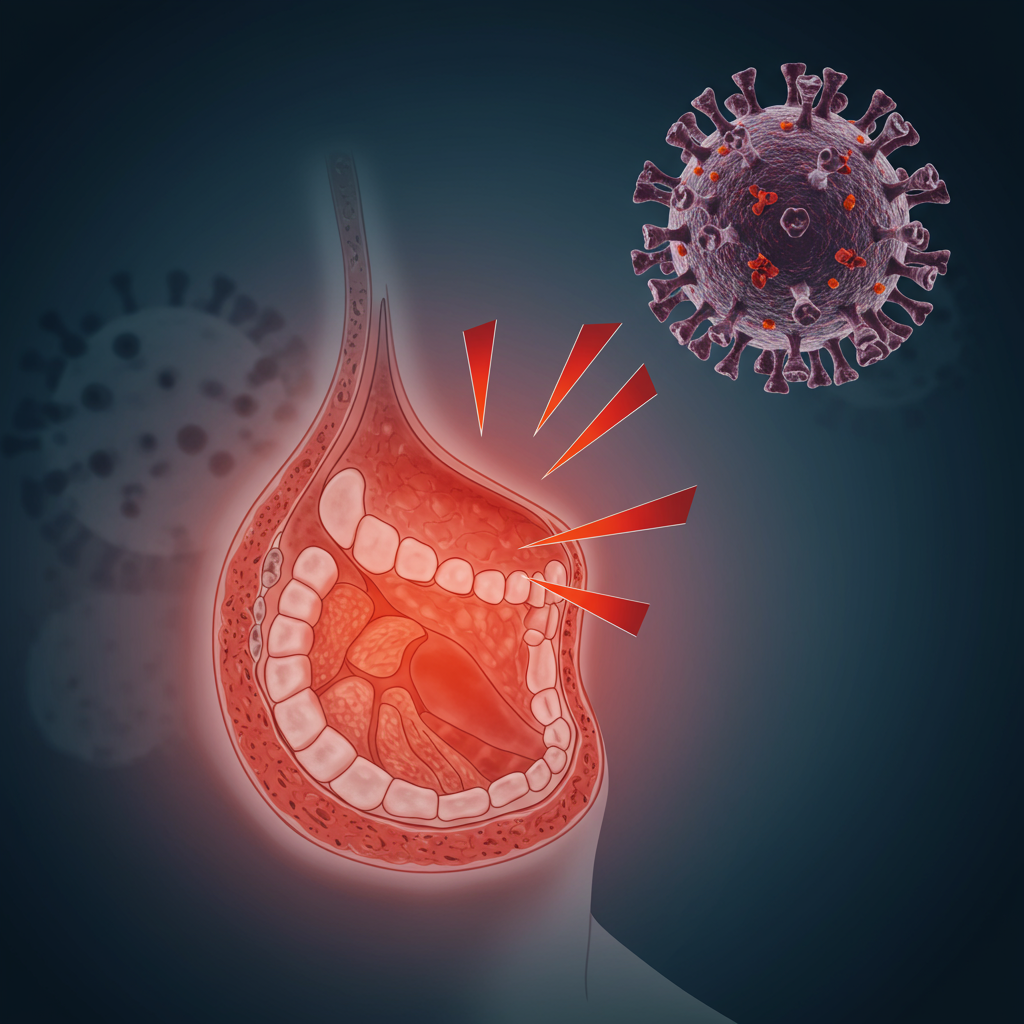A recent public health alert has emerged from the Bronx, where New York City health officials are actively investigating cases of Legionnaires’ disease within residential buildings. This concerning development centers around the Parkchester South and Parkchester North Condominiums, prompting urgent action from the city’s health department. For residents and the wider community, understanding the facts about this localized investigation, its distinction from other outbreaks, and crucial preventive measures is paramount. This article provides a comprehensive overview, drawing on the latest information from health authorities.
Urgent Investigation Underway in Bronx Condominiums
New York City’s Health Department has initiated a detailed building evaluation at the Parkchester South and Parkchester North Condominiums in the Bronx. This comes after multiple residents recently tested positive for Legionnaires’ disease. Specifically, the investigation was triggered when two or more residents in the same building showed positive test results within a 10-12 month period and shared a common hot water system. Health officials have pinpointed the building’s internal plumbing and hot water supply as the likely source, where Legionella bacteria have been found thriving.
The city is collaborating closely with condominium management on extensive remediation efforts. These interventions aim to eradicate the bacteria from the water systems. However, officials caution that such remediation can be a protracted process, potentially spanning several months or even years. During this time, residents have received specific guidelines from the Health Department on how to safely use their water supply and minimize exposure risks, such as opting for baths over showers.
What is Legionnaires’ Disease? Understanding the Risk
Legionnaires’ disease is a severe form of pneumonia caused by the Legionella bacteria. These bacteria are naturally occurring in freshwater environments, but they become a health concern when they grow in human-made water systems. This includes hot tubs, cooling towers, decorative fountains, and crucially, building plumbing like hot water tanks and large evaporative condensers.
The disease spreads when people inhale tiny water droplets, or mist, containing the bacteria. This means sources like showers, faucets, or even certain air conditioning units can disperse Legionella. It’s critical to understand that Legionnaires’ disease is not transmitted from person to person. While the bacteria are common, Legionnaires’ disease itself is relatively rare. New York City typically sees between 200 and 700 diagnoses annually among its 8.5 million residents. Nationally, 8,000 to 10,000 Americans contract the disease each year, with approximately 1,000 deaths.
Recognizing the Symptoms and Who is Most at Risk
Symptoms of Legionnaires’ disease often mirror those of the flu, making early diagnosis challenging. Initial signs can include:
Headache
Muscle aches
High fever, sometimes reaching 104 degrees Fahrenheit or higher
Chills
As the infection progresses, it can lead to more severe respiratory issues, characteristic of pneumonia:
Cough
Shortness of breath
Chest pain
Other symptoms might involve gastrointestinal issues like nausea, vomiting, or diarrhea, and in some serious cases, even mental confusion or altered mental states. Symptoms typically appear between two and ten days after exposure, though it can take up to two weeks.
Certain individuals face a significantly higher risk of developing Legionnaires’ disease if exposed to the bacteria. These include:
People aged 50 and older
Current or former smokers
Individuals with chronic lung conditions (e.g., COPD, emphysema)
Those with weakened immune systems due to diseases like cancer, diabetes, or kidney failure
Organ transplant recipients
Anyone taking medications that suppress the immune system
Early diagnosis and treatment with antibiotics are crucial for recovery and preventing severe complications. Untreated, Legionnaires’ can lead to life-threatening conditions such as sepsis, lung failure, septic shock, or acute kidney failure.
Distinct from the Central Harlem Outbreak
It is vital to distinguish the current Bronx investigation from the more extensive and severe Legionnaires’ outbreak recently reported in Central Harlem. Health officials have explicitly stated that the cases at the Parkchester Condominiums are not related to the Harlem cluster. The Central Harlem outbreak, which sickened 113 people and tragically resulted in at least six deaths, was primarily linked to contaminated cooling towers.
In contrast, the Bronx cases are connected to the buildings’ internal hot water systems, not cooling towers. The NYC Health Department has assured the public that there is no risk of transmission to the surrounding communities from this localized Bronx incident. This distinction is important for public health response, as community clusters (linked to cooling towers) tend to have broader airborne dispersal, while building-specific clusters (like the Bronx cases) are typically more contained and localized within the affected plumbing system. The Harlem cases were concentrated in specific ZIP codes (10027, 10030, 10035, 10037, and 10039), with the last reported case in that cluster on August 13.
NYC’s Public Health Response and Regulations
Every case of Legionnaires’ disease diagnosed in New York City is legally required to be reported to the Health Department. This mandate enables staff to follow up on every report, investigate potential sources, and implement control measures. The city has a robust public health framework in place, significantly bolstered after a major Legionnaires’ outbreak in the Bronx in 2015. That incident, which sickened 155 people and caused 17 deaths, led to the implementation of regulations mandating regular testing and maintenance for water-cooling towers.
However, these regulations currently do not extend to internal building plumbing systems. City officials explain that New York City’s drinking water is cold, constantly moving, and disinfected, naturally reducing the risk from plumbing. Yet, as the Parkchester situation demonstrates, building-specific clusters can still emerge, highlighting the need for ongoing vigilance and building-level management. Between 2019 and 2022, the city ordered 31 building evaluations for Legionnaires’ compared to identifying only two community clusters.
Proactive Steps for Residents and the Public
Given the ongoing investigations, residents, particularly those in higher-risk categories, should be vigilant. If you reside in an affected building or develop flu-like symptoms, especially a cough, fever, or shortness of breath, contact your healthcare provider immediately. Be sure to inform them about the ongoing Legionnaires’ alert to ensure timely testing. Early antibiotic treatment is most effective.
General preventive measures to consider include:
Safe Water Use: Follow all recommendations from health officials regarding water use in affected buildings. This may include avoiding showers or keeping them brief.
Maintain Immune Health: A strong immune system provides better protection against infections. Focus on adequate sleep, hydration, and nutrition.
Avoid Smoking: Smoking significantly increases the risk and severity of Legionnaires’ disease.
Be Aware of Water Sources: While the Bronx cases are not cooling tower related, generally, avoiding direct exposure to mist or sprays from decorative fountains, cooling towers, or public hot tubs in affected areas is a good practice during outbreaks.
The swift action by NYC health officials underscores the city’s commitment to public safety. As investigations continue, public awareness and adherence to health guidelines remain crucial for mitigating risks.
Frequently Asked Questions
What exactly triggered the Legionnaires’ investigation in Bronx apartment buildings?
The Legionnaires’ disease investigation at the Parkchester South and Parkchester North Condominiums in the Bronx was initiated when two or more residents in the same building tested positive for the illness within a 10-12 month period and shared a common hot water system. NYC health officials determined that Legionella* bacteria were growing within the buildings’ internal plumbing and hot water supply, making these systems the focal point of the extensive remediation efforts currently underway.
Where are Legionnaires’ disease cases being investigated in the Bronx, and are nearby communities at risk?
Cases of Legionnaires’ disease are currently being investigated at the Parkchester South and Parkchester North Condominiums in the Bronx. NYC health officials have explicitly stated that these cases are localized to the buildings’ hot water systems and are not linked to cooling towers, unlike the recent Central Harlem outbreak. Consequently, the Health Department has assured the public that there is no risk of transmission to the surrounding communities from this specific incident.
What steps should residents take if they live in an affected Bronx building or experience symptoms?
Residents in affected Bronx buildings, particularly those at higher risk (over 50, smokers, compromised immune systems), should closely follow all specific water-use recommendations from the NYC Health Department, such as taking baths instead of showers. If any resident experiences flu-like symptoms like a cough, fever, or shortness of breath, they should contact their healthcare provider immediately and inform them about the ongoing Legionnaires’ alert in the area to ensure prompt testing and appropriate antibiotic treatment.
Conclusion
The ongoing Legionnaires’ disease investigation at the Parkchester Condominiums in the Bronx highlights the persistent challenges of waterborne pathogens in large urban environments. While health officials work diligently on remediation and assure no broader community risk, this situation serves as a vital reminder for all residents to remain informed and proactive about their health. Understanding the symptoms, risk factors, and appropriate actions is key to protecting oneself and one’s community. Staying updated with official health advisories and seeking medical attention for any suspicious symptoms are the most effective ways to navigate such public health concerns.




